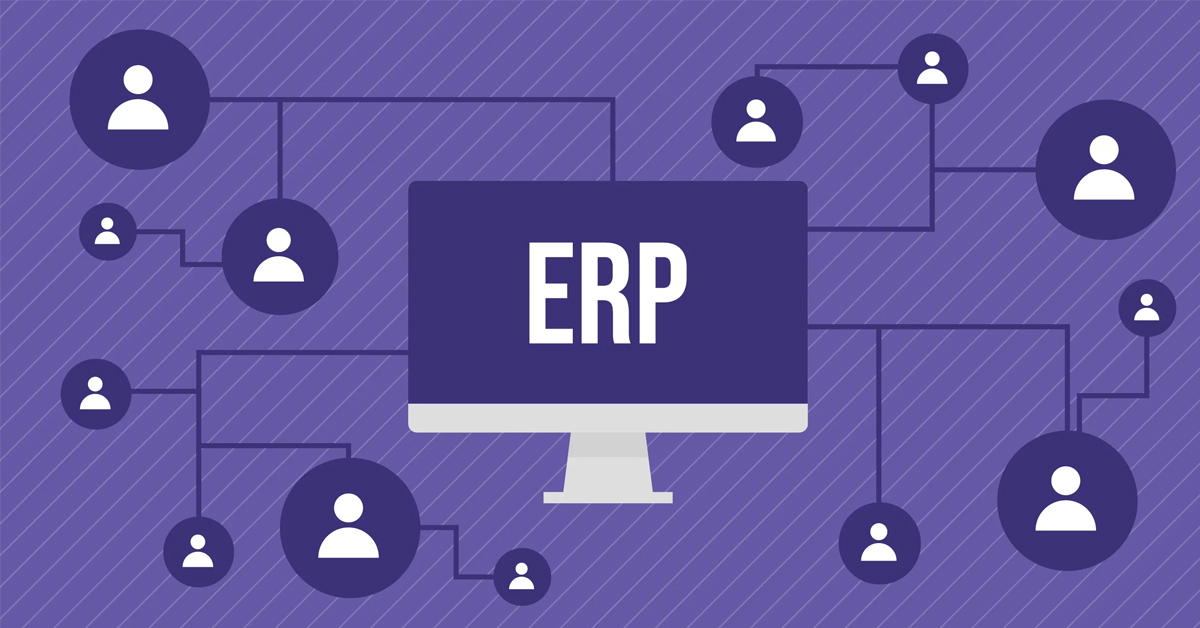In today’s increasingly competitive world, enterprise resource planning (ERP) systems have become a crucial component of business operations. They offer a centralized system for managing all facets of a business’s operations, such as finances, human resources, production, sales, and marketing. However, as more applications and systems are used in business operations, ERP integration has grown in importance as a means of streamlining processes and ensuring seamless connectivity between various systems. In this article, we will discuss the complete guide to ERP integration, including its benefits, challenges, and best practices.
What is ERP Integration?

It is the process of connecting ERP systems with other applications, software, or databases used in an organization. The main goal of ERP integration is to provide a unified system that easily transfers data between various platforms. Through this integration, businesses can improve their business processes and gain a competitive edge by utilizing the strengths of various systems.
Benefits of ERP Integration
It has a number of benefits including:
- Streamlined Operations: ERP integration creates a centralized system that enables companies to streamline their operations by eliminating data silos and reducing manual data entry. As a result, businesses may access real-time data from all systems and make quicker, more informed decisions.
- Enhanced Data Accuracy: ERP integration makes sure that data is entered just once and shared across all systems, minimizing the possibility of mistakes and discrepancies. Consequently, decision-making is improved and data accuracy is increased.
- Improved Efficiency: By automating processes and cutting down on the time required for human data entry, ERP integration increases efficiency. Employees can then concentrate on higher-value duties like data analysis and strategic decision-making because this freed up time.
- Cost Savings: The necessity for manual data entry, which can be time-consuming and expensive, is diminished through ERP integration. Costs are reduced, and ROI is increased as a result.
Challenges of ERP Integration
Despite its advantages, ERP integration can be a difficult procedure. Some of the typical difficulties include:
- Technical Complexity: ERP integration involves complicated technical operations, including data mapping, data transformation, and data synchronization. This demands specialized technical expertise and can be time-consuming and costly.
- Data Security: Data security is an issue because ERP integration includes sharing data between several platforms. Businesses must take precautions to protect their data from unauthorized access and data breaches.
- System Compatibility: Systems must be compatible in order for ERP integration to work. This can be challenging if the systems have different architectures or use different data formats.
- User Adoption: ERP integration requires changes to existing workflows and processes, which can be challenging to implement. User adoption can be a significant barrier to successful ERP integration.
Best Practices for ERP Integration
The following best practices should be followed to ensure successful ERP integration:
- Identify Integration Needs: Businesses should determine the precise apps and systems that require integration with their ERP system. This can be achieved by performing an in-depth analysis of the current systems and operations.
- Choose the Right Integration Method: In accordance with their unique demands and requirements, businesses should select the best integration approach. This may involve integrating middleware, using APIs, or creating a custom integration.
- Plan for Data Mapping and Transformation: Data mapping and transformation, which involves converting data from one format to another, should be planned for by companies. This requires specialized technical expertise and should be done carefully to avoid data loss or corruption.
- Test and Validate: Businesses must evaluate and test their integration processes to make sure they function as intended. Testing for user acceptance, system compatibility, and data correctness are all included in this.
- Train Users: Users must be trained by companies on the new workflows and procedures brought about by ERP integration. By doing so, corporate activities can be disrupted as little as possible while ensuring user uptake.
Conclusion
Integrated ERP systems are critical to the success of modern businesses. It offers a centralized system that enables businesses to increase data accuracy, streamline operations, and achieve a competitive advantage. However, ERP integration can be a difficult process that needs specialized technical know-how and meticulous planning. Companies may assure smooth ERP integration and gain the advantages of a single system by adhering to best practices.

